Zero Waste Elimination Communication for Newborns (2025 USA Guide)
In 2025, more US parents are searching for sustainable ways to raise their babies. One of the strongest trends is zero waste elimination communication newborn USA 2025. This method helps families reduce diaper waste, save money, and care for newborns in a natural way.
Zero waste elimination communication is part of the larger “eco-friendly parenting” movement. Instead of using disposable diapers all the time, parents learn to read a baby’s signals and offer alternatives. The result is less waste in landfills and a cleaner lifestyle for American families.
This article is a complete guide. It will explain what elimination communication is, why it matters, how to start with a newborn, and which products in the USA can help you succeed.
What Is Elimination Communication?
Elimination Communication (EC) is a simple baby care method. Parents watch for signals that the baby needs to pee or poop. They then offer a potty, sink, or toilet at the right moment.
The goal is not to “potty train early.” Instead, it is about reducing diapers and building trust. Disposable diapers are used as a backup, not the main solution. This reduces costs and fits perfectly into a zero waste lifestyle.
Key points about EC:
-
It can start from birth or within the first months.
-
Babies send clear signals like fussing, grunting, or facial changes.
-
Parents respond by giving the baby a chance to go.
-
EC helps families bond while cutting waste.
Around the world, many cultures practice EC as a normal routine. In the United States, it is still new, but interest is growing quickly. More parents now see it as an eco-friendly choice that supports both baby health and the planet.
Why Choose Zero Waste Elimination Communication?
Many parents in the USA want to reduce waste in 2025. Disposable diapers are convenient, but they create a massive problem. Over 20 billion diapers end up in American landfills every year. Each one takes hundreds of years to break down. By practicing zero waste elimination communication newborn USA 2025, families can cut their impact and live more responsibly.
Benefits for the Environment
Using fewer disposable diapers means less plastic waste. It also reduces the chemicals that leak into soil and water. Families who adopt EC often save thousands of diapers per child. That is a direct win for the planet and for future generations.
Financial Savings for American Families
Diapers are expensive in the United States. A baby can use up to 2,500 disposable diapers in the first year alone. At an average cost of $0.30 to $0.50 each, that adds up to over $1,000 per year. EC reduces this cost. Even when parents use cloth diapers as backup, the overall savings are significant.
Health and Bonding Benefits
Babies in disposable diapers spend hours in contact with chemicals and moisture. With EC, skin stays drier and rashes are less common. Parents also report stronger communication with their newborns. By noticing signals and responding quickly, they create a deeper bond.
A Sustainable Choice for Modern Parenting
Zero waste elimination communication fits perfectly with other eco-friendly habits. Many US families already use organic baby food, wooden toys, or sustainable clothing. EC is a natural extension of that lifestyle. It combines environmental care, cost savings, and stronger family connection into one practice.
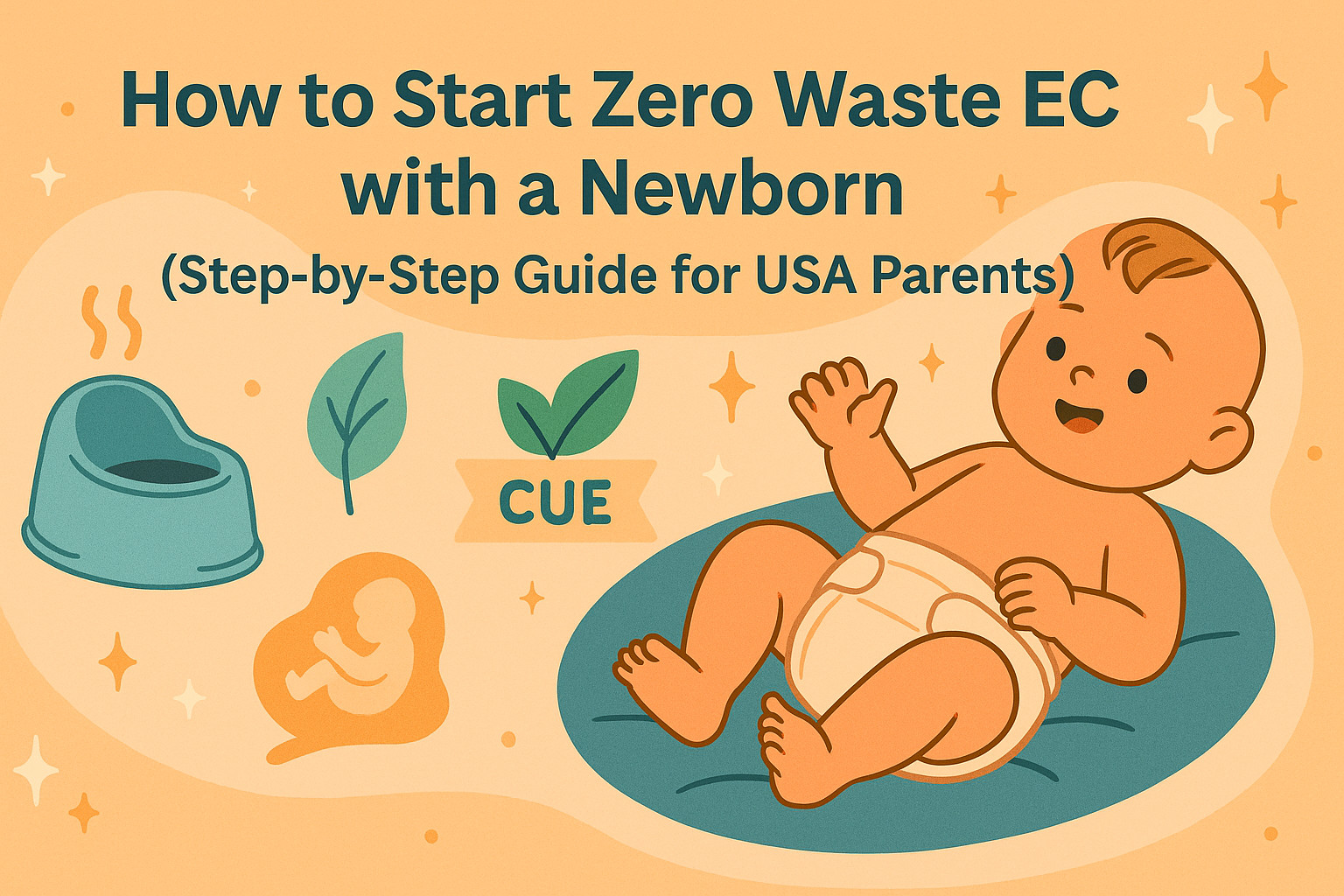
How to Start Zero Waste EC with a Newborn (Step-by-Step Guide for USA Parents)
Starting zero waste elimination communication newborn USA 2025 may feel overwhelming at first. But the truth is, it works best when parents keep it simple. Here’s a step-by-step guide for US families who want to begin this journey.
Step 1: Observe Your Newborn’s Signals
Newborns often give small but clear signs before they pee or poop. Watch for:
-
Facial changes like frowning or sudden focus.
-
Small grunts, fussing, or sudden stillness.
-
Restless kicking or squirming.
By taking notes during the day, parents in the USA can quickly learn their baby’s natural rhythm.
Step 2: Choose the Right Timing
Timing is just as important as signals. Common moments include:
-
Right after feeding.
-
Immediately after waking up.
-
Before or after a nap.
-
When the baby seems unsettled for no clear reason.
American parents who build routines around these times find EC much easier.
Step 3: Use Cue Sounds and Gentle Signals
Parents often use a soft sound, like “psss” or “shhh,” when offering the potty. Over time, the baby associates the sound with elimination. This simple technique makes EC smoother and helps the baby feel secure.
Step 4: Offer the Potty or Toilet
For newborns, small potties, top-hat potties, or even holding the baby over a sink can work. In the USA, many eco-friendly brands sell newborn potty chairs that are safe and easy to clean. The key is consistency: always give the baby a chance when you notice signals.
Step 5: Keep Backups Ready
Zero waste EC does not mean “no diapers ever.” Instead, diapers act as a backup. Cloth diapers, training pants, or waterproof covers are popular in the USA. Brands like Thirsties, GroVia, and Esembly Baby offer sustainable cloth options perfect for EC support.
Step 6: Stay Consistent Without Stress
Parents should expect misses. EC is about communication, not perfection. Many US families practice part-time EC, catching just a few pees or poops each day. Even this partial practice reduces waste, saves money, and builds trust.
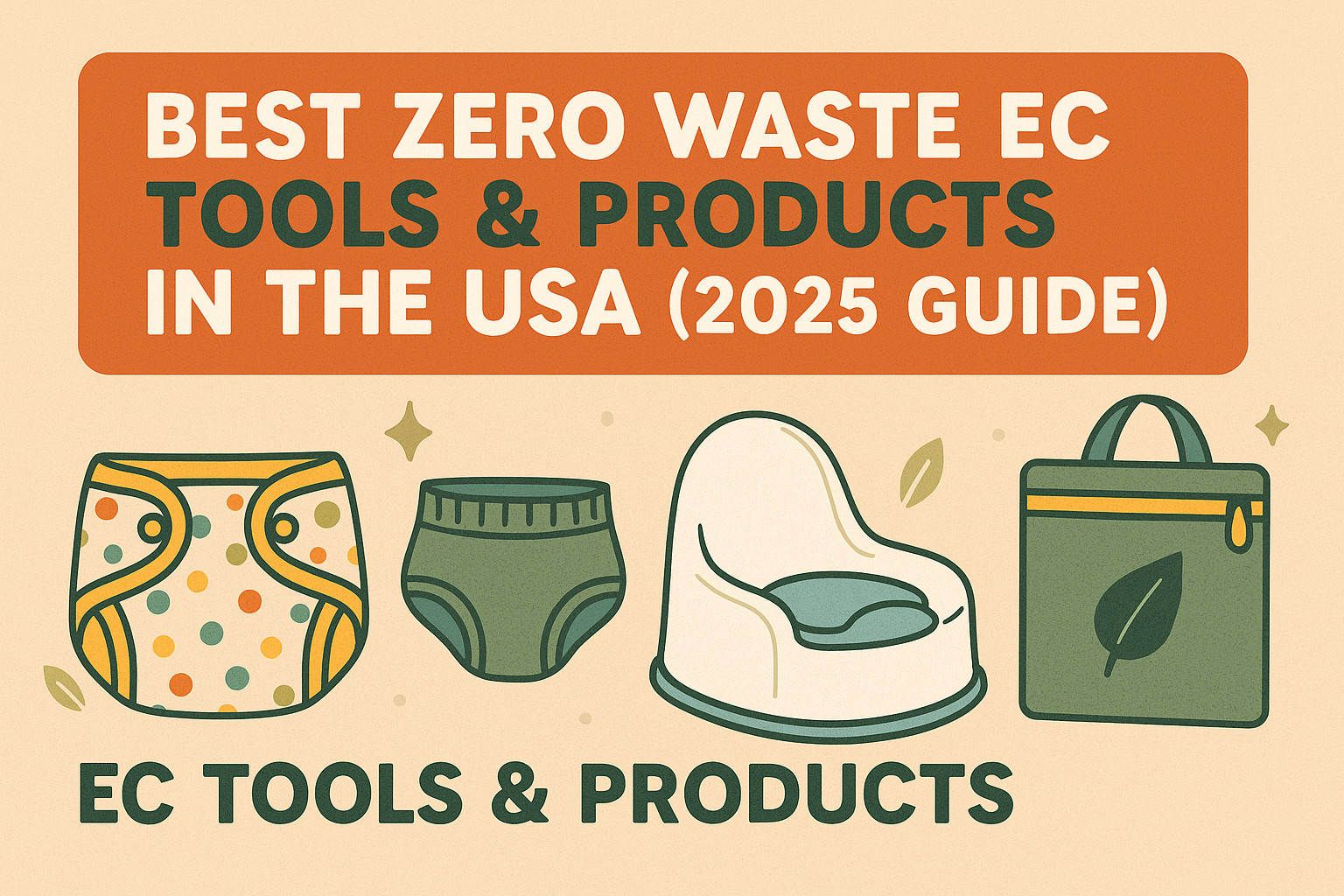
Best Zero Waste EC Tools & Products in the USA (2025 Guide)
Practicing zero waste elimination communication newborn USA 2025 works best with a few supportive tools. These items are widely available in the United States and help parents stay consistent without creating waste.
1. Newborn Potties
Small and lightweight potties are ideal for elimination communication with newborns. Many American parents use top hat potties, baby chairs, or compact potty seats that are safe and easy to clean.
2. Cloth Diapers as Backup
Cloth diapers are reusable, gentle on skin, and reduce landfill waste. They work as a backup when EC misses happen. Organic cotton or bamboo-based cloth diapers are common eco-friendly options in the USA.
3. Training Pants & Waterproof Covers
Training pants give babies awareness of wetness and support the transition away from diapers. Waterproof covers help parents manage nighttime routines with less stress.
4. Travel-Friendly Gear
For US parents who travel often, small potty seats and wet/dry storage bags make EC easier on the go. These simple tools keep the process practical without creating extra waste.
5. Reusable Accessories
Organic cotton wipes, washable changing pads, and natural baby skincare items support a complete zero waste routine. They reduce disposable products and align with eco-conscious parenting values.
Challenges and Solutions for US Parents
Starting zero waste elimination communication newborn USA 2025 is not always easy. Many parents in the USA face challenges, but each has a practical solution.
Challenge 1: Busy Schedules
American parents often work long hours or juggle multiple responsibilities. EC can feel unrealistic in such cases.
Solution: Try part-time EC. Even catching one or two eliminations each day reduces waste. Over time, consistency grows naturally.
Challenge 2: Public Spaces and Travel
Many parents worry about practicing EC outside the home.
Solution: Use portable potties or wet/dry bags. Start EC at home, then slowly expand into travel routines when you feel confident.
Challenge 3: Family or Cultural Pressure
Some family members may not understand EC. They may believe it is strange or unnecessary.
Solution: Share simple facts. Explain that EC is normal in many cultures and reduces both waste and costs in the USA.
Challenge 4: Fear of “Misses”
Parents often fear accidents and messy cleanups.
Solution: Expect misses and view them as part of learning. Cloth diapers and training pants provide a reliable backup.
Conclusion: Why EC Matters in 2025
Zero waste elimination communication newborn USA 2025 is more than a parenting trend. It is a sustainable choice that protects the environment, saves American families money, and strengthens the bond between parent and child.
Even small steps matter. Practicing EC part-time, choosing cloth diapers as backup, or observing a baby’s signals all add up to less waste and more awareness. For eco-conscious parents in the USA, EC is the natural next step in sustainable baby care.
Learn more about the basics of Elimination Communication on Wikipedia.
See how disposable diapers impact the environment via the EPA Waste Report.
Explore community support and guides from La Leche League International.
Frequently Asked Questions (FAQ)
1. Is elimination communication realistic for US working parents?
Yes. Many families practice part-time EC. Even catching a few eliminations each day has value.
2. What if I miss my baby’s signals?
Missing signals is normal. Diapers or cloth backups are there for support. EC is about communication, not perfection.
3. Can EC be combined with disposable diapers?
Yes. Some American families use disposables part-time. The goal is reducing waste, not achieving 100% zero diapers.
4. Is EC safe for newborns in 2025?
Yes. EC is a gentle, non-coercive method. It respects a baby’s natural rhythms and does not force early potty training.
5. Does EC really save money?
Yes. By reducing diaper use, many US families save $800–$1,000 per year. Even with cloth diaper backups, long-term savings are significant.
Share this content:
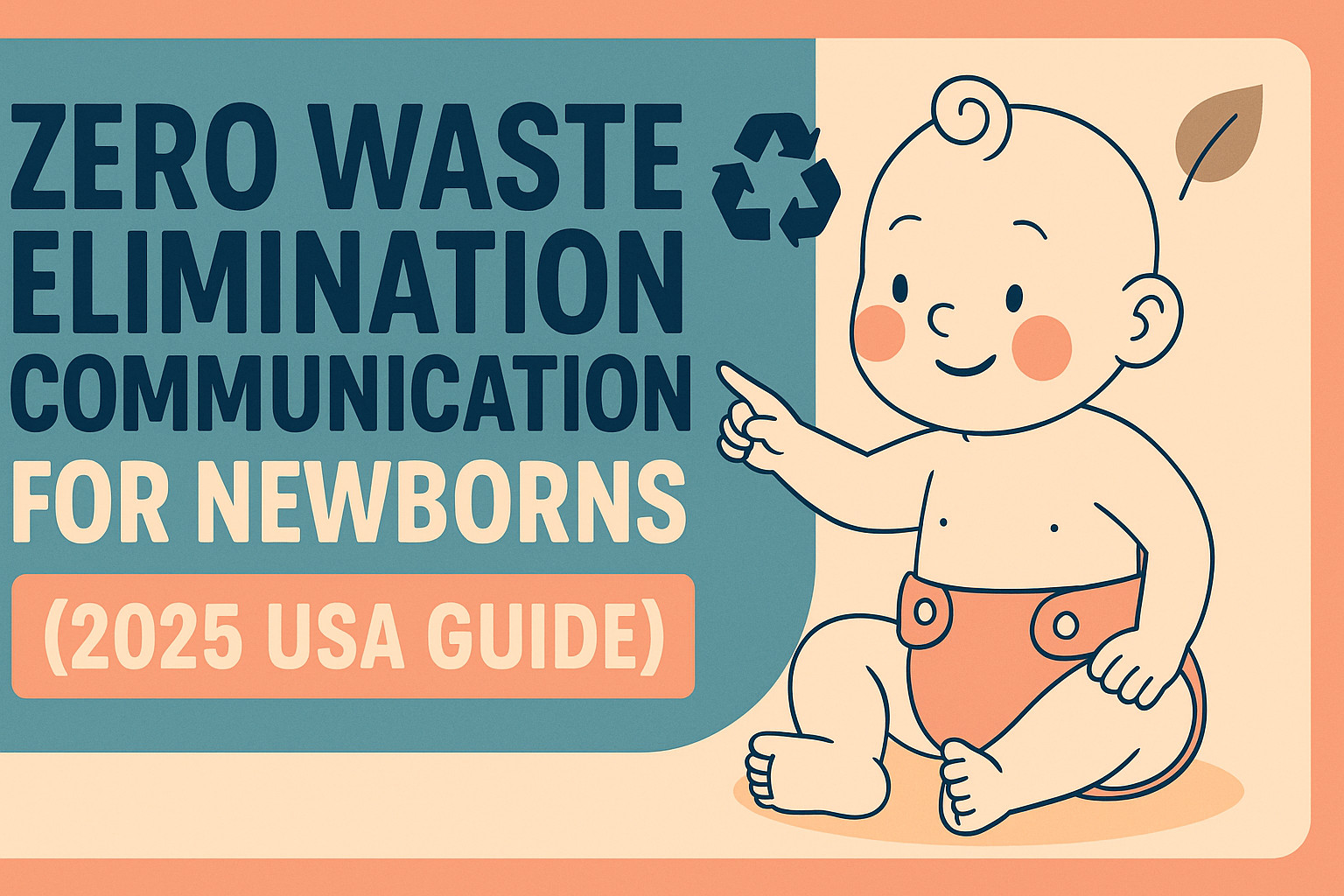
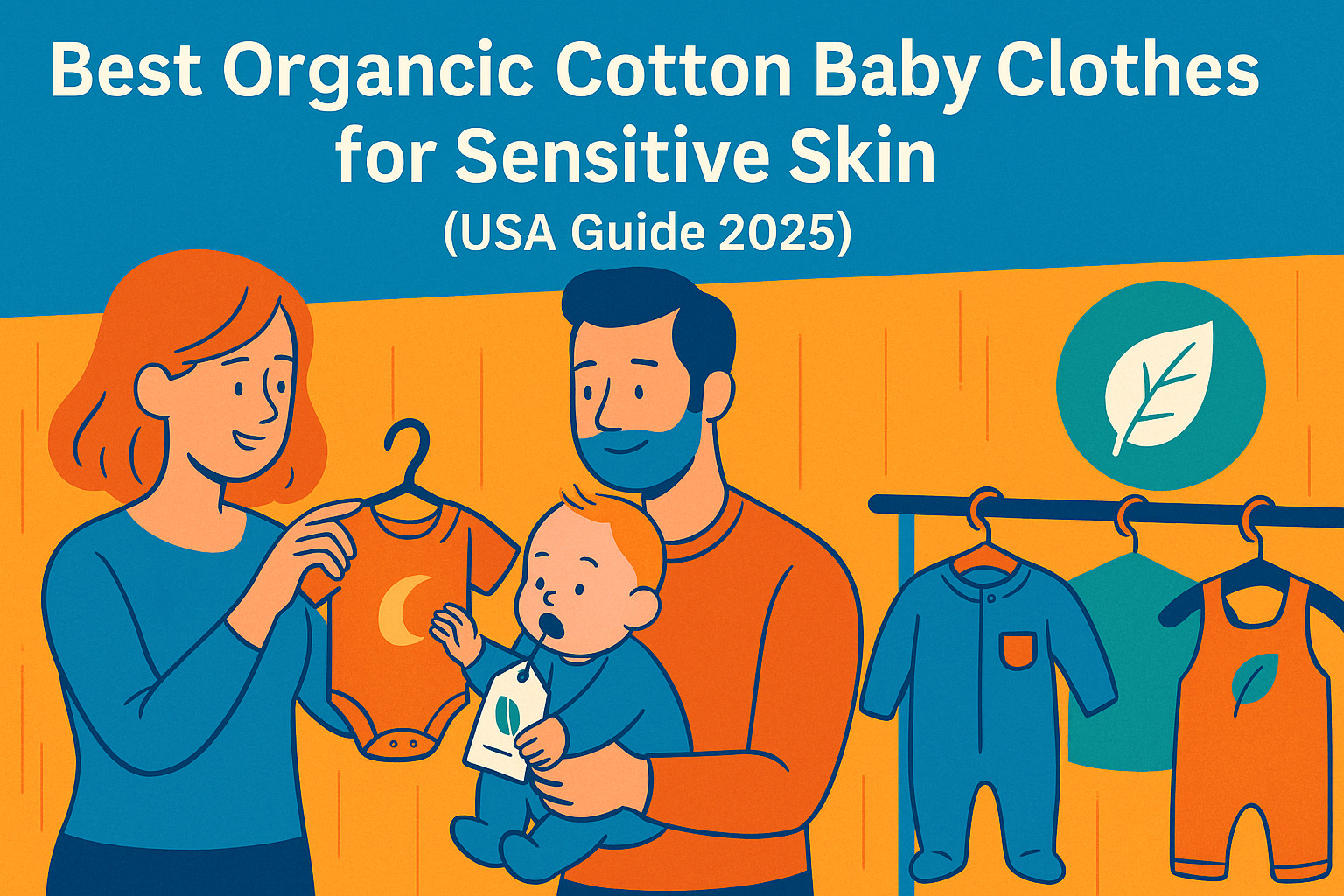
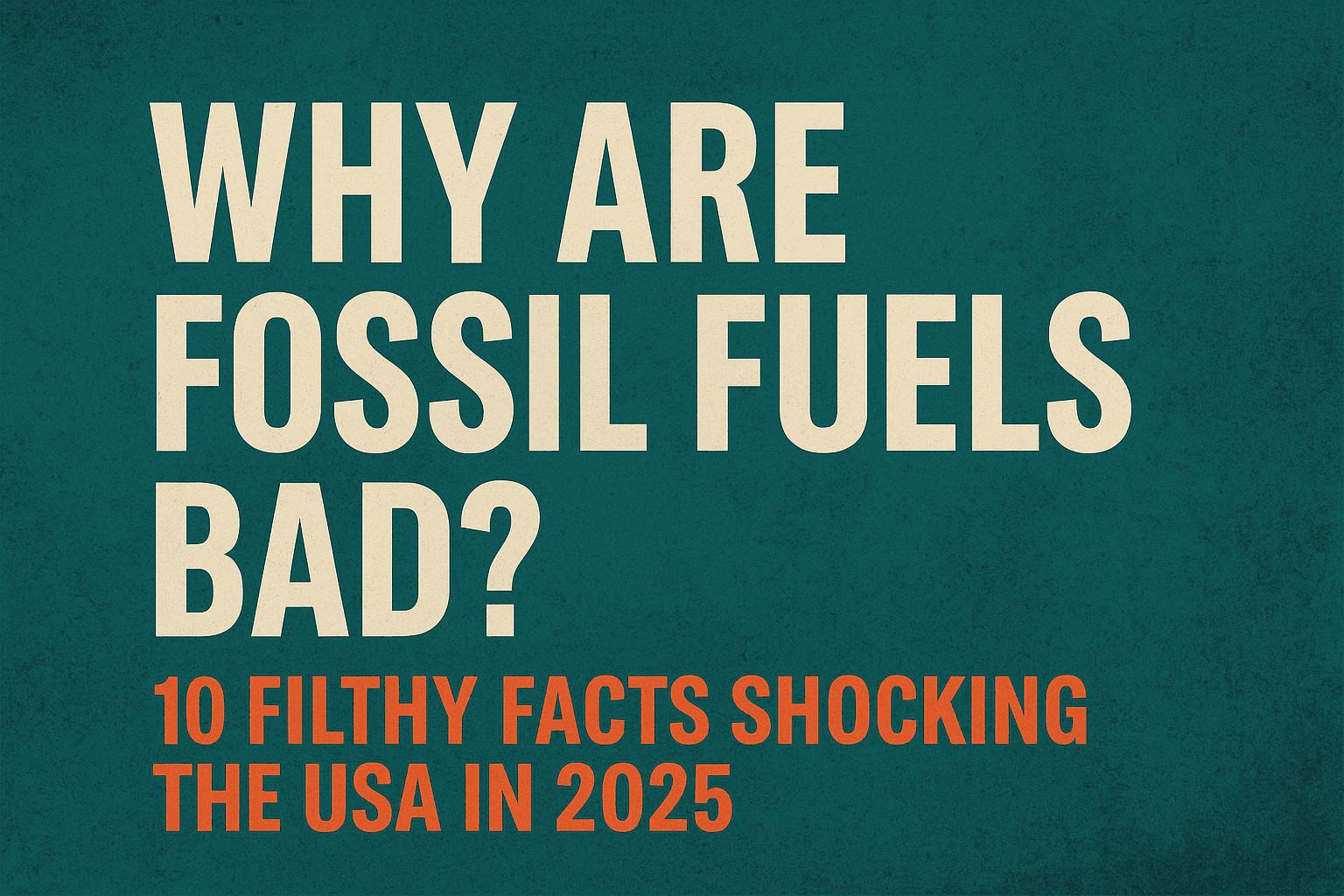
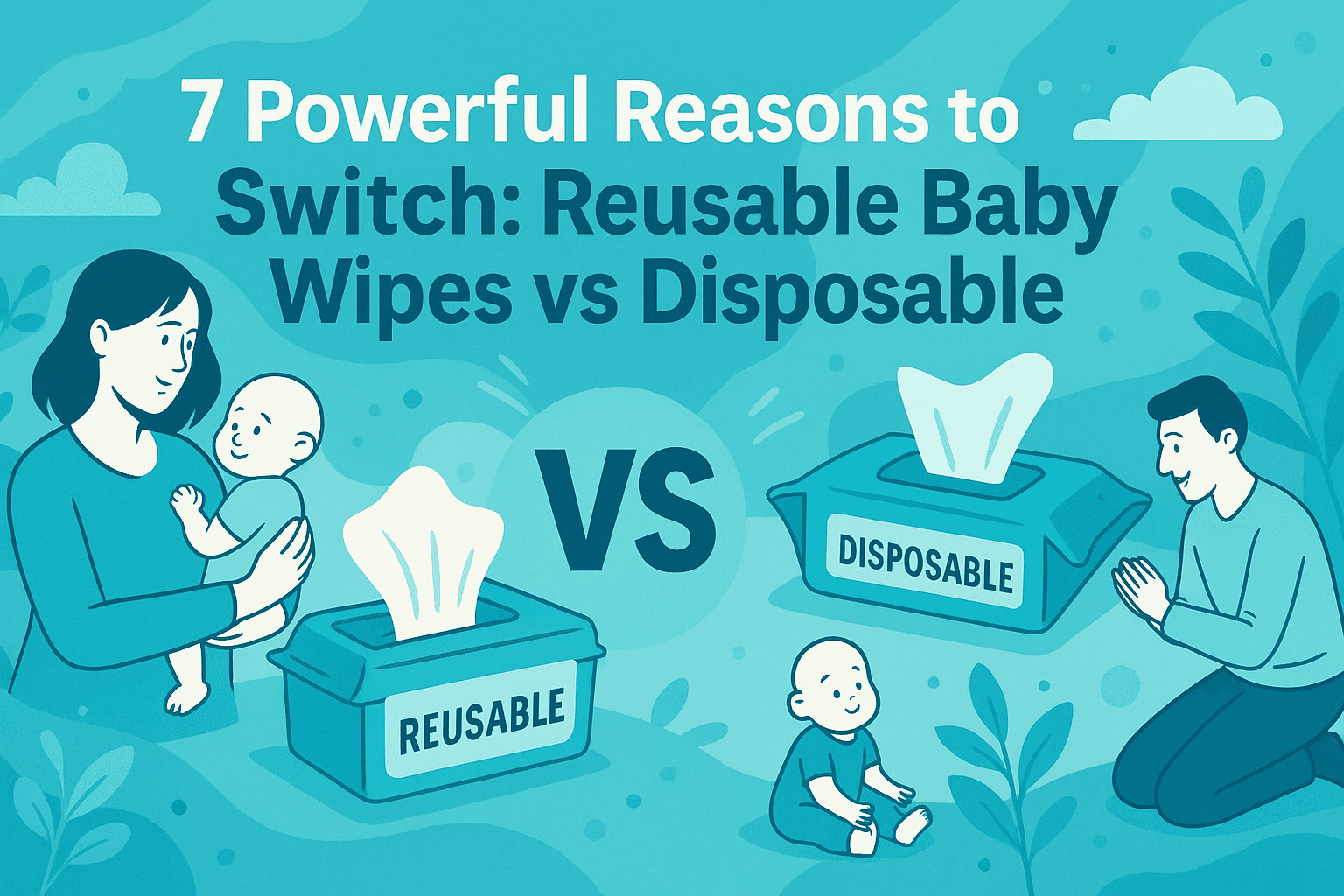
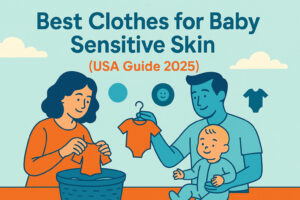
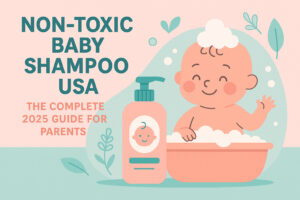
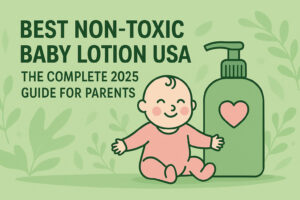

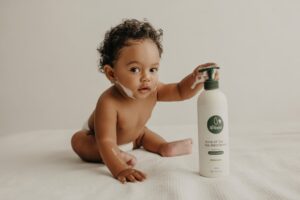
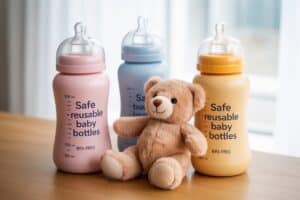

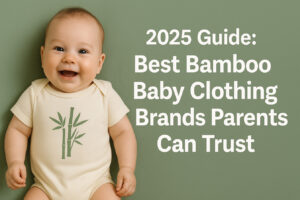
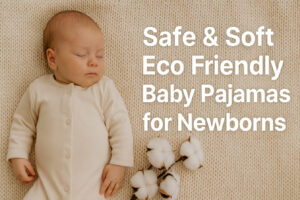
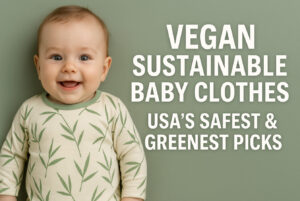
Post Comment